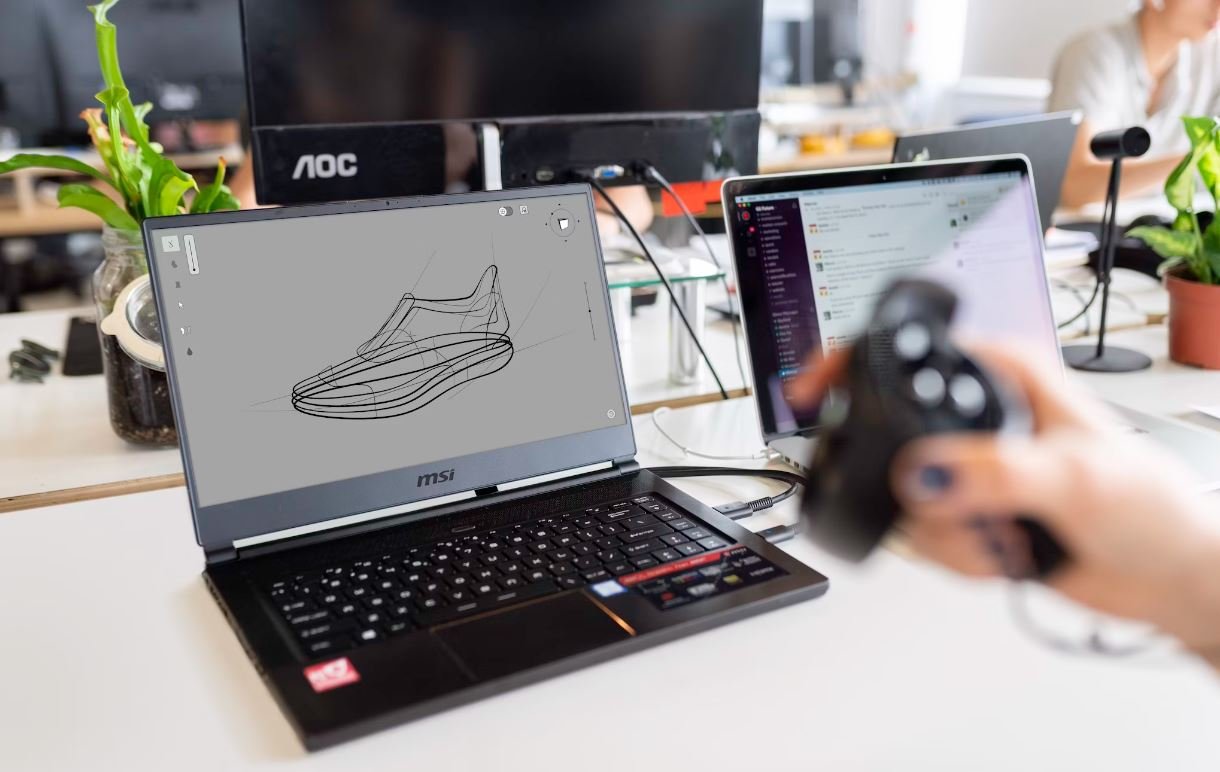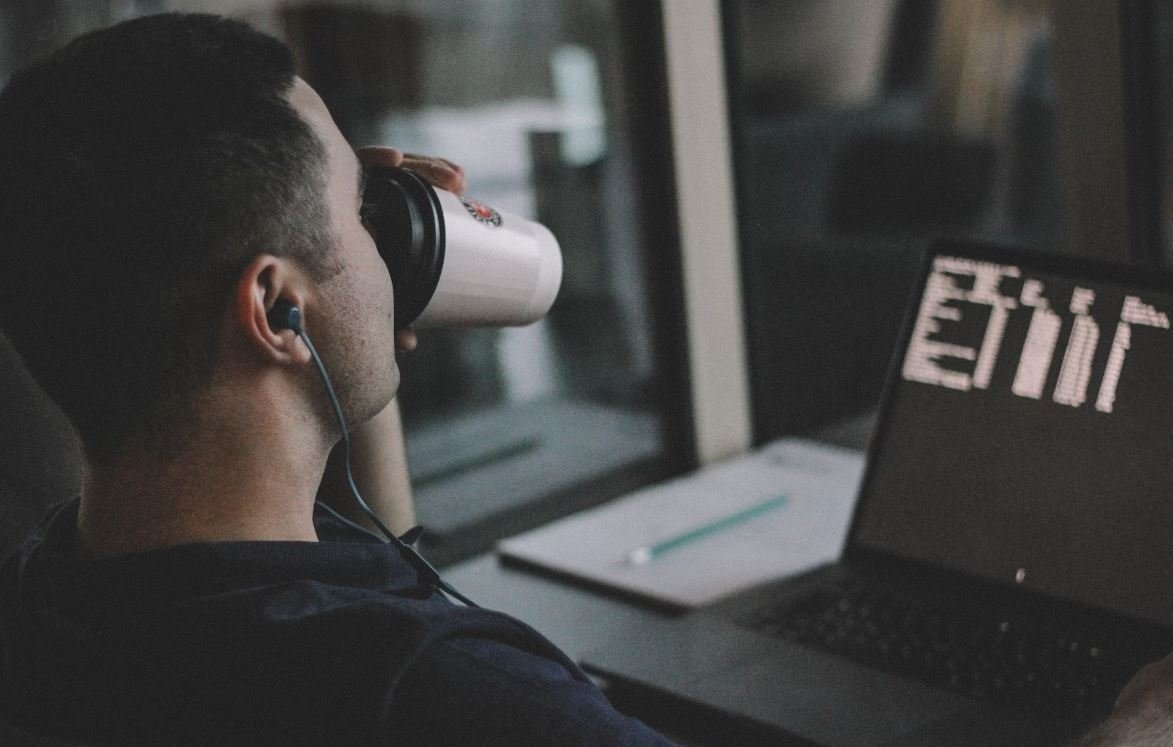Film Developing
Film developing is a process that converts exposed photographic film into a usable and visible image. It is an essential step in the analog photography workflow, allowing photographers to bring their captured moments to life. While digital photography has become more prevalent in recent years, film photography still has a dedicated following. Whether you’re a seasoned film photographer or a newcomer to the medium, understanding the film developing process is crucial for achieving high-quality results.
Key Takeaways
- Film developing is a crucial step in analog photography.
- Understanding the film developing process is essential for achieving high-quality results.
- Developing film requires precise control of chemicals, time, and temperature.
- Proper storage and handling of developed film are important for long-term preservation.
The Film Developing Process
The film developing process involves a series of carefully controlled steps that transform exposed film into a visible image. This process typically includes the following steps:
- Developing: The exposed film is immersed in a chemical developer that converts the latent image into a visible image.
- Stop Bath: The film is rinsed with a stop bath solution to halt the development process.
- Fixing: The film is placed in a fixing solution to remove the remaining unexposed silver halides.
- Washing: The film is thoroughly washed to remove any residual chemicals.
- Drying: Finally, the film is dried to ensure it is ready for scanning, printing, or further processing.
*Remember, the developing process can vary depending on the type of film and developer used*
The Importance of Chemicals, Time, and Temperature
Film developing requires precise control of chemicals, time, and temperature to achieve accurate and consistent results. Different films may require different developers and development times to optimize image quality. It’s important to follow the instructions provided by the film manufacturer or consult reliable resources for the appropriate development parameters.
Chemicals, such as the developer, stop bath, and fixing solution, play critical roles in the film developing process. The developer converts the exposed silver halides into metallic silver, while the stop bath stops the development reaction, and the fixing solution removes any unexposed silver halides from the film.
*Did you know? Developing film at higher temperatures can lead to increased contrast in the final image, while lower temperatures can produce finer grain*
The Role of Storage and Handling
Proper storage and handling of developed film are important for preserving its quality over time. To ensure its longevity, take note of the following:
- Use archival-quality sleeves or storage containers to protect the film from dust, moisture, and physical damage.
- Avoid exposing the film to high temperatures or extreme fluctuations in temperature, as this can cause deterioration.
- Store the film in a cool, dry place away from direct sunlight.
- Handle the film with clean, dry hands or wear lint-free gloves to prevent fingerprints or scratches.
Data Tables
| Film Type | Developer | Development Time |
|---|---|---|
| Kodak Tri-X | Kodak D-76 | 9 minutes |
| Ilford HP5 Plus | Ilford ID-11 | 10 minutes |
| Fujifilm Superia | Fujifilm CN-16 | 8 minutes |
*These times are just general recommendations and may vary depending on specific preferences and conditions*
Conclusion
Film developing is a critical process in analog photography that can greatly impact the quality and appearance of the final image. By understanding the film developing process, controlling chemicals, time, and temperature, as well as implementing proper storage and handling techniques, photographers can achieve consistent and impressive results with their film photographs.

Common Misconceptions
Misconception 1: Film Developing is obsolete
One common misconception people have is that film developing is no longer relevant in the digital age. However, this is far from the truth. Film photography continues to have a significant following and many professionals and enthusiasts still prefer the unique qualities of film.
- Many artists and professionals prefer the aesthetics of film photography.
- Developing film allows for greater control over the final image.
- Film photography teaches valuable skills and techniques that can be applied across different mediums.
Misconception 2: Film developing is expensive
Another misconception is that film developing is costly. While it is true that film and processing can add up over time, there are affordable options available. Many local labs offer reasonably priced developing services, and home development kits have become more accessible and user-friendly.
- Some labs offer discounts for bulk film processing.
- Investing in a home development kit can save money in the long run.
- Shopping around for the best prices can help reduce costs.
Misconception 3: Film developing is time-consuming
Some people believe that film developing is a time-consuming process that requires a significant amount of effort and waiting. While it is true that film developing can take longer compared to instant digital results, it doesn’t necessarily mean it is a laborious task.
- Modern development techniques have reduced processing times.
- Most of the time in film developing is passive waiting, allowing you to do other tasks.
- The satisfaction of seeing the final images is worth the wait for many photographers.
Misconception 4: Film developing requires a lot of technical knowledge
Many people think that film developing is a complex process that requires a deep understanding of chemistry and technical know-how. While there are advanced techniques and variables to consider, basic film developing can be learned with relatively simple instructions and practice.
- There are many online tutorials and resources available for beginners.
- Starting with a black and white film simplifies the process for beginners.
- Practicing and experimenting allows for gradual learning and improvement.
Misconception 5: Film developing is restrictive
Some people believe that film developing is limited in terms of creative control and flexibility compared to digital photography. However, film allows for unique artistic possibilities and can be manipulated in various ways during the developing process.
- Different types of film have distinct characteristics, giving photographers options for different effects.
- Manipulating exposure, development time, and chemicals can alter the final image significantly.
- Film photography encourages thoughtful and deliberate composition due to the limited number of exposures.

The Evolution of Film Developing Techniques
Film developing is a vital process in photography that determines the quality and appearance of the final image. Over the years, various techniques have been developed to enhance the results and meet the changing needs of photographers. This article explores ten significant aspects of film developing and presents them in an engaging and informative manner.
Different Film Formats
There are several film formats available, each with its own advantages and characteristics. From the compact 35mm film to the large format 4×5, photographers can choose the format that best suits their artistic vision.
| Format | Dimensions (mm) | Aspect Ratio |
|---|---|---|
| 35mm | 36 x 24 | 3:2 |
| Medium Format | 60 x 60 or 60 x 70 | 1:1 or 6:7 |
| Large Format | 102 x 127 to 240 x 300 | Various |
Development Time Comparison
Development time plays a crucial role in film developing, affecting the image’s contrast and tonality. Different film types require varying development times to achieve optimal results.
| Film Type | Development Time (minutes) |
|---|---|
| Black and White | 6-8 |
| Color Negative | 11-15 |
| Color Reversal (Slide Film) | 6-7 |
Temperature Effects on Film Development
The development temperature can greatly influence the final image quality, as it affects the chemicals’ reaction rate. Thus, maintaining the correct temperature during developing is essential.
| Temperature (°C) | Development Results |
|---|---|
| 20-21 | Standard Development |
| 24-25 | Increased Contrast |
| 18-19 | Reduced Contrast |
Push and Pull Processing
Push and pull processing techniques allow photographers to manipulate the film’s ISO to adjust for low-light situations or intentionally overexpose or underexpose the images for creative purposes.
| ISO | Push Processing | Pull Processing |
|---|---|---|
| 400 | Push to 800 or higher | Pull to 200 or lower |
| 1600 | Push to 3200 or higher | Pull to 800 or lower |
| 100 | N/A | Pull to 50 or lower |
The Zone System
The Zone System, developed by Ansel Adams, is a photographic technique that involves dividing the image into ten zones, from pure black to pure white. This allows photographers to precisely control image exposure and tonal range during development.
| Zone | Tone | Descriptive |
|---|---|---|
| 0 | Black | Pure darkness |
| III | Dark Gray | Mid-tone detail with texture |
| X | White | Pure, untextured white |
Chemical Alternatives for Eco-friendly Developing
As environmental concerns increase, photographers are seeking eco-friendly alternatives to traditional developing chemicals. Fortunately, several options have emerged, reducing harm to the ecosystem while maintaining high-quality results.
| Chemical | Eco-friendly Properties |
|---|---|
| Caffenol | Utilizes coffee, vitamin C, and washing soda |
| Pyrogallol | Biodegradable and non-toxic |
| Liquid Light | Photographic emulsion without traditional chemicals |
Color Film Developing Steps
Developing color film involves several steps to achieve accurate color reproduction and vibrant images. Following a detailed process ensures consistent results.
| Step | Description |
|---|---|
| Pre-wash | Rinses away any residual chemicals |
| Developer | Converts exposed silver halides into metallic silver |
| Bleach Fix | Removes unexposed silver halides and converts dyes to an image |
| Wash | Thoroughly removes all chemicals from the film |
| Stabilizer | Ensures long-term preservation and prevents fading |
Push/Pull vs. Exposure Compensation
While push/pull processing adjusts the whole roll’s ISO, some photographers prefer using exposure compensation to adjust individual frames within a roll of film, giving them more creative control over each shot.
| ISO | Push/Pull Processing | Exposure Compensation |
|---|---|---|
| 400 | Push to 800 or higher for the whole roll | +1 stop for specific frames |
| 1600 | Push to 3200 or higher for the whole roll | -1 stop for specific frames |
| 100 | N/A | -2 stops for specific frames |
Cross-Processing and Its Effects
Cross-processing is a technique where color negative film is developed in the chemicals intended for color reversal (slide) film. This process leads to unique results, with the colors and tones often being dramatically altered.
| Color Shift | Description |
|---|---|
| Green Shift | Images take on a greenish tint |
| Red Shift | Red tones become more prominent |
| Increased Contrast | Highlights become brighter, shadows become darker |
Film developing is a fascinating process that allows photographers to transform their photographic vision into tangible images. The choice of film format, development time, temperature, and various techniques, such as push/pull processing, all contribute to the final outcome. By understanding these elements and experimenting with different approaches, photographers can achieve compelling and artistic results in the world of film photography.
Frequently Asked Questions
How long does film development take?
On average, film development takes about one to two weeks. However, the duration can vary depending on the lab and the specific services requested. Some labs offer expedited options for quicker turnaround times.
What are the different types of film formats available for development?
There are various film formats available for development, including 35mm, 120 medium format, and large format films. Each format has its own unique characteristics and is suitable for different types of photography.
Can I develop black and white and color film together?
No, it is not recommended to develop black and white and color films together in the same batch. They require different chemical processes and temperature settings. It is best to develop them separately to ensure optimal results.
Should I get my film developed professionally or can I do it at home?
While some photographers prefer to develop their films at home, professional film development labs have the necessary equipment, expertise, and controlled environments to deliver high-quality results. If you are just starting, it is recommended to have your films developed professionally until you gain enough experience.
Can I get digital copies of my developed film?
Yes, many film labs offer scanning services to convert your developed film into digital files. This allows you to have digital copies for sharing, printing, and archiving purposes.
What factors can affect the outcome of film development?
Several factors can influence the outcome of film development, including exposure settings, film type and quality, temperature, development time, and agitation technique. It is important to understand these variables and work with a reliable lab to achieve desired results.
Can film be developed from expired rolls?
Expired film rolls can be developed; however, the results may not be consistent. The colors may shift or become more muted, and there may be increased grain or other artifacts. You should communicate with the lab about the specific expiration date to ensure proper handling during development.
Is it possible to develop film that has been exposed years ago?
Yes, it is possible to develop film that has been exposed years ago. However, it’s important to note that the quality of the images may deteriorate over time, especially if the film was not stored properly. It is always a good idea to consult with a professional lab for advice on developing older film rolls.
What should I do if my film gets stuck in the camera?
If your film gets stuck in the camera, do not force it out as it may damage the film or the camera. Consult the camera manual or contact a professional camera repair service for assistance in safely removing the stuck film.
What should I consider when choosing a film development lab?
When selecting a film development lab, some factors to consider include their reputation, the quality of their work, their turnaround time, pricing, additional services offered (such as scanning or printing), shipping options, and customer reviews. It’s helpful to research multiple labs and compare their offerings before making a decision.




